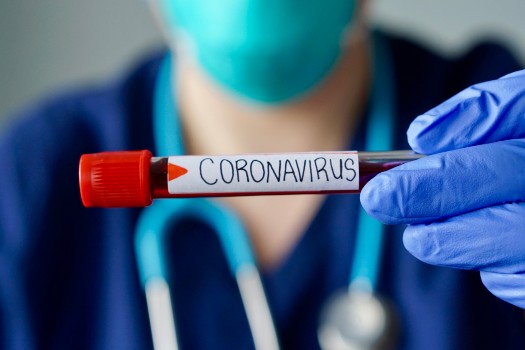A group of GPs has created a Covid-19 risk assessment scoring system for general practice to help identify and redeploy the most vulnerable staff.
The Safety Assessment and Decision (SAAD) scorecard places practice workers into either ‘mild’, moderate’ or ‘high risk’, based on factors such as ethnicity, age, gender, BMI, vitamin D levels and medical conditions.
The group, made up of eight GPs and a practice manager, created the scorecard system in response to the high number of GP deaths and due to concerns about the disproportionate effect on the BAME community.
They named the system in honour of Dr Saad Al-Dubbaisi, a Greater Manchester GP who died with coronavirus on 3 May.
Eleven GPs have so far died after contracting coronavirus, 10 of whom were from a BAME background.
NHS England has said GP practices should risk assess their staff from BAME backgrounds and consider remote working for staff who are more vulnerable to Covid-19.
The team being the SAAD scorecard has urged practice managers or lead clinicians to meet with practice staff to go through the scorecard and determine their risk level, as well as discuss mental health and wellbeing concerns.
For clinical staff, those classed as ‘high-risk’ should do restricted tasks such as remote patient consultations and paperwork, according to the chart. They should also ‘work from home where possible’.
It also says, only those who have a ‘mild risk’ should work at a hot hub in a face-to-face role and do Covid-19 home visits.
‘High risk’ non-clinical staff should have ‘no direct patient contact’ and work from home where possible, while those with a ‘mild risk’ should ‘continue working as normal’ under the infection control guidelines.
Those aged over 70 or over 40 and obese are automatically classed as ‘high risk’. The same applies for those who are over 28 weeks pregnant or who have three or more medical conditions.
The team sent out the evaluation form on last week (18 May) and within 24 hours had 41 scorecard responses forwarded to them. Of the 41 staff who reported back, 26 scored as ‘mild risk’, 12 as ‘moderate risk’ and only three as ‘high risk’, it said.
The group created the risk hierarchy by using scientific research findings and their combined clinical experience.
On the chart, men are given a higher risk classification than women. Black staff have the highest risk rating, followed by those from Bangladeshi, Pakistani and Middle Eastern backgrounds.
This reflects recent ONS analysis, which showed that even after taking account of age, health and socio-demographic characteristics, people from black ethnicities are 1.9 times more likely to die from coronavirus than their white counterparts. It revealed a similar picture for Bangladeshi and Pakistani individuals.
Co-creator of the scorecard and Manchester GP Dr Mohammed Jiva said: ‘In the absence of anything coming from NHS England, we decided that as local clinicians and practice manager, we’d look at the evidence out there and see if we could put together something practical and applicable for general practice staff of all ethnicities.’
The scorecard is designed to be an ‘aide-memoire’ to prompt constructive discussions between staff and managers about physical health and mental well-being (which is advocated but not scored). ‘It is not policy or something people should stick to in black and white.’
‘It’s never going to apply to every single member of staff across the country and every GP surgery. If somebody classes in the red zone, it’s likely they shouldn’t be doing things in the green zone. But there may be a discussion about doing certain tasks in the amber zone.’
‘We’re asking practices who use this scorecard to give us feedback on how staff have scored in an anonymised fashion. This will help us establish whether the weighting we have allocated to the different variables is appropriate.’
You can find the Safety Assessment and Decision (SAAD) scorecard here.
Pulse July survey
Take our July 2025 survey to potentially win £1.000 worth of tokens












